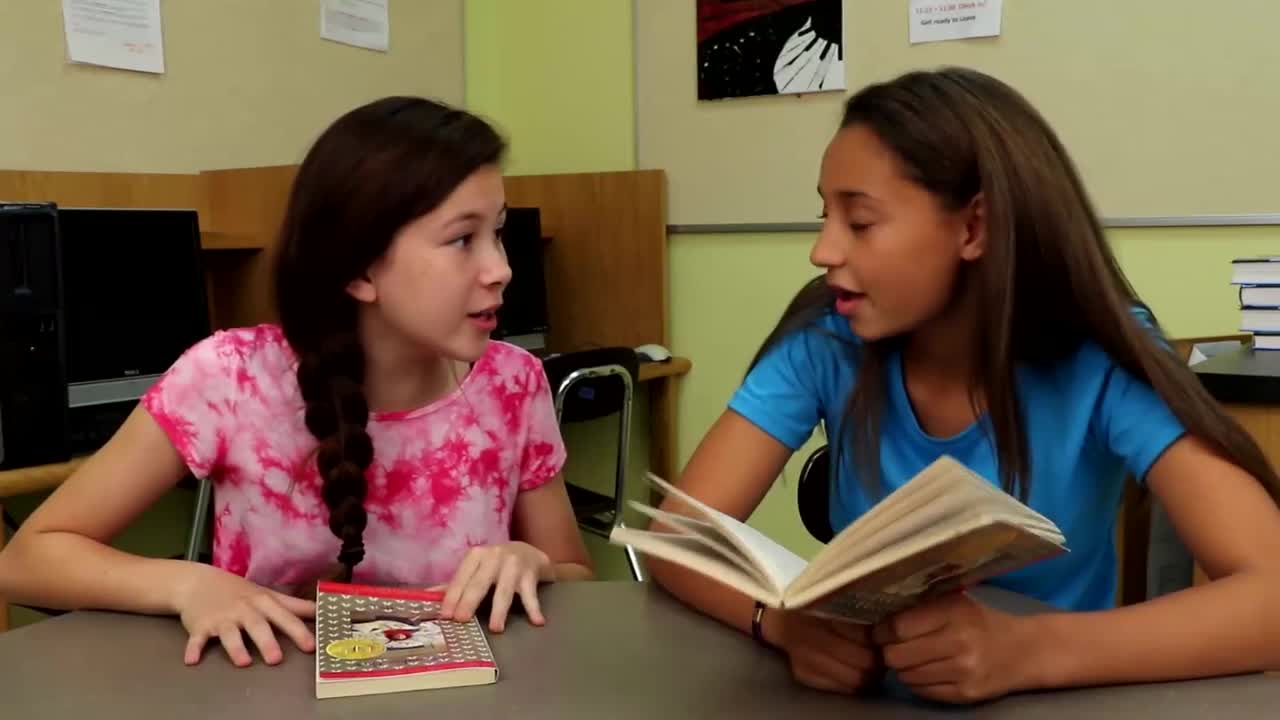
Introduction
Social-Emotional Learning (SEL) is an essential component of a well-rounded education, helping students develop crucial skills for navigating life’s challenges. One important aspect of SEL is the ability to tune into one’s environment, which involves being aware of the present moment, one’s actions, and the impact of those actions on others. This blog post introduces an engaging activity called “Guess What Happens Next” that educators can use to help middle school students practice this skill.
No-Prep Activity: Guess What Happens Next
This activity requires no preparation or materials from the educator. The goal is to present students with different situations and ask them to predict how people will react. Here’s how it works:
- Present a video or describe a scenario involving characters in various situations.
- Pause the video or stop the description at a crucial point and ask students to guess what happens next.
- Provide three possible outcomes and have students decide which one is most likely to occur.
- Resume the video or reveal the actual outcome, then discuss the results and the characters’ decisions.
While participating in this activity, students should focus on the characters’ actions and consider whether they are tuning in to their environment. Encourage students to reflect on their own behavior and consider if they are aware of their actions and their impact on others.
Discussion Questions
After completing the Guess What Happens Next activity, use the following questions to stimulate further discussions among students:
- How well did the characters in the scenario tune into their environment? What could they have done differently?
- Can you think of a time when you were more tuned in (or not) to your environment? How did it affect your actions and the people around you?
- What strategies can you use to become more aware of your actions and their impact on others?
- Why is it important to be aware of our actions and how they affect others in different situations?
- How can tuning into your environment help you make better decisions and build stronger relationships?
Related Skills
Developing the ability to tune into one’s environment is just one aspect of Social-Emotional Learning. Other related skills that students can benefit from include:
- Empathy: Understanding and sharing the feelings of others.
- Active listening: Paying full attention to the speaker, asking clarifying questions, and showing empathy.
- Self-awareness: Recognizing one’s emotions, strengths, weaknesses, and values.
- Self-regulation: Managing emotions and behavior in different situations.
- Communication: Expressing thoughts and feelings clearly and effectively.
Next Steps
If you found the Guess What Happens Next activity helpful, consider exploring more Social-Emotional Learning resources for educators. To access free sample materials, including videos, activities, and lesson plans, sign up at Everyday Speech. These resources can help you further support your students’ development of essential life skills, preparing them for success both in and out of the classroom.

